Tomatoes can be called the best source of lycopene, a potent antioxidant that is related to vitamin A. Additionally, tomato paste which is basically the essence of tomatoes in concentrated form is rich in potassium and can provide a small portion of the body’s daily Iron value and also vitamin B.
Lycopene
Tomatoes are the best natural source of lycopene, a potent antioxidant that is related to vitamin A. According to a review published in November 2011 in the “Cochrane Database of Systematic Reviews,” it’s frequently in the news for its ability to prevent prostate cancer, but research has yielded conflicting results.
Men who ate more lycopene had a lower risk of strokes, according to a study published in the journal “Neurology” in October 2012. Although no daily lycopene consumption guidelines have been developed, eating roughly 4 to 8 milligrams per day is likely to provide health advantages. 1 tablespoon of tomato paste contains 4.6 milligrams of lycopene.
Nutrition facts
Tomatoes have a water content of approximately 95%. Carbohydrates and fiber make up the remaining 5% of the diet.
A tiny (100-gram) raw tomato contains the following nutrients:
- Calories: 18
- Water: 95%
- Protein: 0.9 grams
- Carbs: 3.9 grams
- Sugar: 2.6 grams
- Fiber: 1.2 grams
- Fat: 0.2 grams
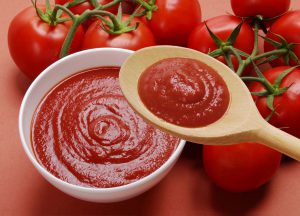
Carbs
Carbs make up 4% of raw tomatoes, resulting in less than 5 grams of carbs in a medium sized tomato (123 grams). Simple sugars like glucose and fructose account for over 70% of the carbohydrate load.
Carbohydrates are scarce in fresh tomatoes. Simple sugars and non-soluble fibers make up the majority of the carbohydrate content. Water makes up the majority of these fruits.
Tomatoes are high in the many vitamins and minerals:
- Vitamin C is a powerful antioxidant. This vitamin is a necessary nutrient as well as an antioxidant. A medium-sized tomato can offer about 28% of the Daily Reference Intake (RDI).
- Potassium potassium is an essential mineral that helps to control blood pressure and avoid heart disease.
- Vitamin K1 is an essential nutrient. Vitamin K, also known as phylloquinone, is essential for blood clotting and bone health.
- Folate is a B vitamin that is found in (vitamin B9). Folate, a B vitamin, is required for appropriate tissue growth and cell function. It’s especially crucial for expectant mothers.
Other plant compounds
Vitamin and plant component content in tomatoes varies a lot between varieties and sample times.
The following are the primary plant chemicals found in tomatoes:
Lycopene: Lycopene is a red pigment and antioxidant that has been intensively researched for its health benefits.
Beta carotene is a kind of vitamin A. Beta carotene is an antioxidant that gives meals a yellow or orange color and is turned into vitamin A in your body.
Naringenin This flavonoid, which can be found in tomato skin, has been demonstrated to reduce inflammation and protect mice from a variety of diseases.
Chlorogenic acid is a kind of chlorogenic acid. Chlorogenic acid is a potent antioxidant molecule that may help persons with high blood pressure.
The color of tomatoes is due to chlorophyll and carotenoids such as lycopene. Chlorophyll (green) is destroyed and carotenoids (red) are generated when the ripening process begins.
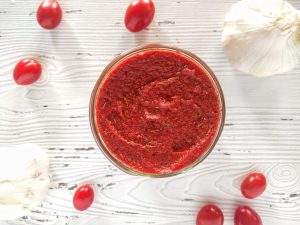
Tomato paste calories
A calorie is an energy unit. Calories in nutrition refer to the energy humans acquire through food and drink, as well as the energy they expend during physical activity.
Most people identify calories with food and drink, although calories can be found in anything that has energy. Coal, for example, contains 7,000,000 calories per kilogram (kg).
Calories are divided into two categories: fat calories and carbohydrate calories.
The amount of energy required to increase the temperature of 1 gram (g) of water by 1 degree Celsius (o C) is known as a tiny calorie (cal).
The amount of energy necessary to elevate 1 kilogram (kg) of water by 1 degree Celsius is known as a big calorie (kcal). A kilocalorie is another name for it.
“Large calorie” and “little calorie” are words that are sometimes used interchangeably. This is deceptive. Kilocalories are the unit of measurement for calorie content on food labels. A 250-calorie chocolate bar has 250,000 calories in it.
To survive, the human body need calories. The body’s cells would perish without energy, the heart and lungs would cease beating, and the organs would be unable to carry out the basic functions required for survival. Food and drink provide this energy to people.
People would most likely live healthy lives if they merely consumed the number of calories required each day. Calorie intake that is either too low or too much will eventually cause health issues.
The amount of potential energy in food is determined by the number of calories it contains. The substance from which the calories are derived is just as significant as the calories themselves.
The calorific values of three major dietary components are listed below:
- Carbohydrates have a caloric value of 4 kcal per gram.
- 4 kcal per gramme of protein
- 9 calories per gramme of fat
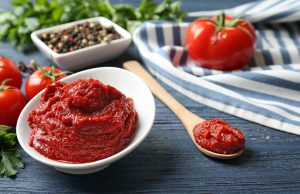
Empty calories
Calories that give energy but have little nutritional value are known as empty calories. There is almost no dietary fiber, amino acids, antioxidants, dietary minerals, or vitamins in the components of food that supply empty calories.
Empty calories are mostly found in solid fats and added sugars, according to ChooseMyPlate.gov, a USDA food management tool.
Solid fats: Although they are found naturally in many foods, they are frequently added during industrial food processing and food preparation. Solid fat is something like butter.
Sweeteners added to foods and beverages during industrial processing are known as added sugars. They have a lot of calories in them. Sucrose and high-fructose corn syrup are the most frequent added sugars in the United States.
Foods and drinks with added sugars and solid fats are thought to be more pleasurable. They do, however, add a lot of calories and are a key factor in obesity.
Alcohol can also contribute to a diet’s empty calories. A single serving of beer can add 153 calories to a person’s daily calorie consumption.
If you don’t drink beer, you can use this calorie calculator instead.
The National Institute on Alcohol Abuse and Alcoholism is a reliable source for calculating how many calories alcohol contributes to your diet.
Calories from empty sources

The following foods and beverages contain the most empty calories:
Added sugars and solid fats:
- ice cream
- donuts
- pastries
- cookies
- cakes
Solid fats
- ribs
- bacon
- hot dogs
- sausages
- cheese
- pizza
Added sugars
- fruit drinks
- sports drinks
- energy drinks
- soda
Calories appear to be only associated with weight gain and obesity, although they are essential for good health. They are only harmful to one’s health if they are consumed in excess of the prescribed dosage.
When calculating calories, you should take into account not just your diet but also your degree of physical activity. Regular, high-intensity exercise can help offset a high calorie consumption.
The calories in the tomato paste can vary depending on the processing method, ingredients used, and some other factors but usually the calorie count in tomato paste is around 80 per every 100 grams.
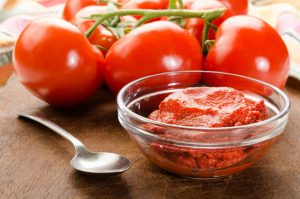
tomato paste potassium
Potassium keeps the ionic balance and water balance in the plant in check. It has a role in the generation and distribution of sugars in plants, as well as enzyme activation and protein synthesis. Potassium is also needed for the formation of pigments in tomatoes, particularly lycopene.
Potassium and yield
As an experiment in the United Kingdom has shown, high potassium levels result in high yields in tomato crops. The potassium requirement of tomatoes is relatively high. Per each ton of tomato harvested, the plant receives 5.2 to 7.2 pounds of K.
potassium and Fruit ripening
Potassium has a critical function in determining sugar levels, along with ripening and storage qualities, in order to ensure high-quality fruit. Inadequate potassium levels in tomatoes can cause uneven ripening.
K and color defects – white tissue
Inadequate potassium levels in tomatoes can cause blotchy ripening as well as color abnormalities such as interior white tissues.
K and color defects – yellow shoulder
Low potassium levels have also been linked to a higher occurrence of the yellow shoulder in studies conducted in the United States.
N:K balance and rots
Maintaining high potassium levels can aid in the prevention of rots induced by high nitrogen levels.
General guidelines for potassium application
Tomatoes have a comparatively high potassium need as compared to nitrogen, requiring over 267 lb/ac in most cases. Potassium is required throughout the growing season and is a key element of the fruit, with roughly 250mg K per 100g. Maintaining good potassium, magnesium, and calcium balance is critical. Potassium deficiency inhibits the intake of any of these cations. To maintain crop growth in saline conditions, high potassium levels in tomatoes are especially important. Excess sodium inhibits the absorption and transition of potassium throughout the plant, necessitating an increase in potassium levels to uphold plant growth.
Potassium
Potassium helps you maintain a healthy fluid balance by supporting the operation of your cells, tissues, and organs. The mineral is necessary for the relaxation and contraction of your muscles, as well as the regular pounding of your heart. Potassium is also required to maintain your bones healthy and your digestive tract in good working order. Potassium also helps to keep your blood pressure in check, which can reduce your risk of a heart attack.
Potassium Content of Tomatoes
The amount of potassium you get from a tomato depends on the size of the tomatoes you eat. A big tomato has 431 milligrams of potassium, which is around 10% of your daily potassium needs. A medium tomato has 292 milligrams of potassium, whereas a tiny tomato contains just 216 milligrams. Potassium is found in 147 milligrams in a plum tomato and 147 milligrams in an Italian tomato. A single cherry tomato has 40 milligrams of the mineral.
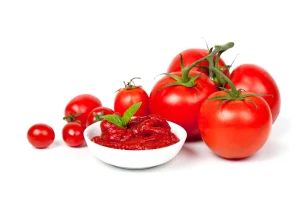
Tomato paste Lycopene
Lycopene is the pigment that gives ripe tomato fruits and tomato products their typical deep red color. It has gotten a lot of interest because of its physicochemical and biological qualities, particularly in relation to its antioxidant capabilities.
Despite the fact that it lacks provitamin A activity, lycopene has a physical absorbing rate constant with singlet oxygen that is about double that of -carotene. As a result, its existence in the diet is of great interest.
Because it appears to give protection against a wide spectrum of epithelial malignancies, increasing clinical data supports the function of lycopene as a vitamin with substantial health benefits.
Tomatoes and related tomato products are the primary source of lycopene compounds in the human diet, as well as a significant source of carotenoids. Unwanted lycopene degradation has an impact not only on the sensory characteristics of the finished goods but also on the health benefits of tomato-based meals.
In fresh tomato fruits, lycopene is almost entirely in the all-trans form. Isomerization and oxidation are the two primary mechanisms of tomato lycopene deterioration during processing. Because of the increased energy input, isomerization transforms all-trans isomers into cis-isomers, resulting in a volatile, energy-rich station.
The extent of lycopene isomerization during processing can be used to estimate the potential health advantages of tomato-based meals. In tomato-based foods, thermal treatments (bleaching, retorting, and freezing) result in some lycopene loss. The isomerization of all-trans to cis forms is induced by heat. Temperature and process time increase the cis-isomers.

Dehydrated and powdered tomatoes, in general, have low lycopene stability unless adequately treated and stored in a tightly sealed and inert environment. Dehydrated tomato samples utilizing various dehydration procedures show a considerable rise in the cis-isomers with a corresponding decrease in the all-trans isomers.
Throughout their usual temperature storage shelf life, frozen and heat-sterilized foods have high lycopene stability. Many variables can affect lycopene bioavailability (absorption). Cis-isomers have a better bioavailability in food than all-trans isomers. The bioavailability of lycopene in treated tomato products is greater than in fresh tomatoes that have not been processed.
The bioavailability of lycopene and the discharge of lycopene from the tomato skin matrix are both influenced by the properties and structure of the diet. Food processing may increase lycopene bioavailability by dissolving cell walls, weakening the bonding interactions between lycopene and tissue matrix, and so increasing lycopene accessibility and cis-isomerization.
However, further research on lycopene bioavailability is required. Lycopene’s pharmacokinetic characteristics are particularly poorly known. To uncover the mechanism of lycopene in the human diet and the in vivo metabolism of lycopene, more study on bioavailability, pharmacology, biochemistry, and physiology is needed.
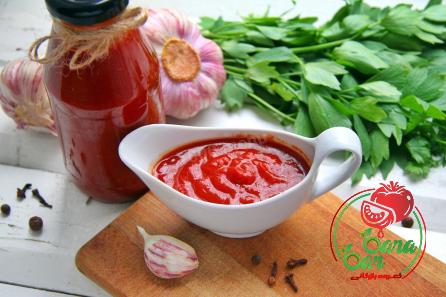
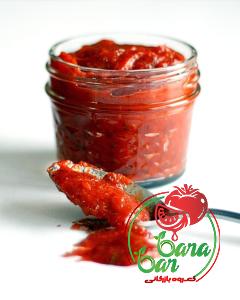

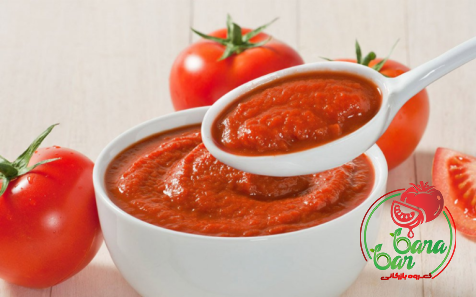
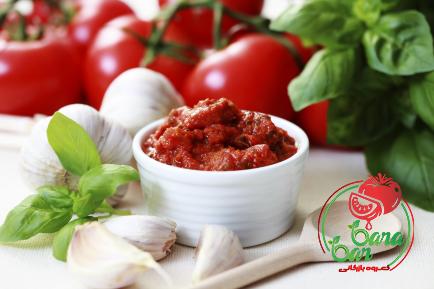
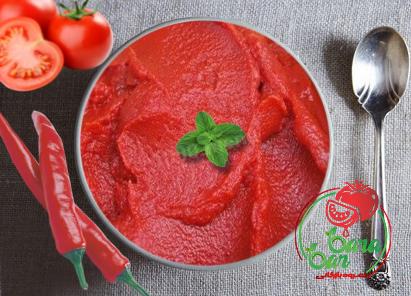
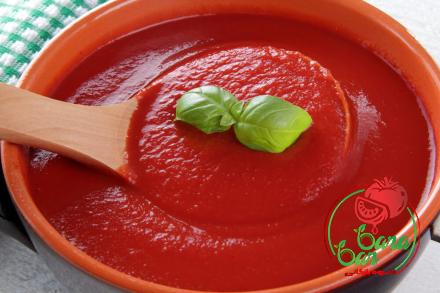
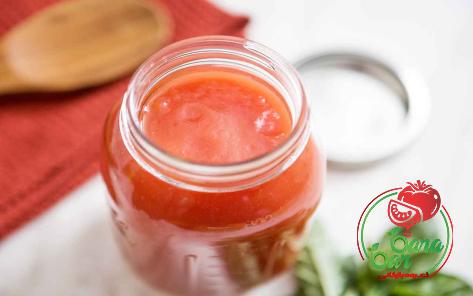
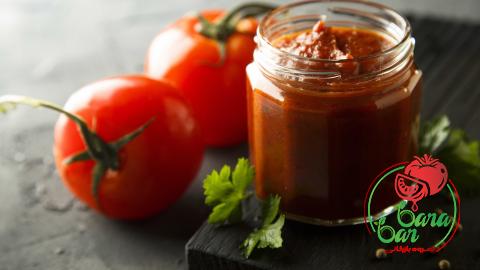
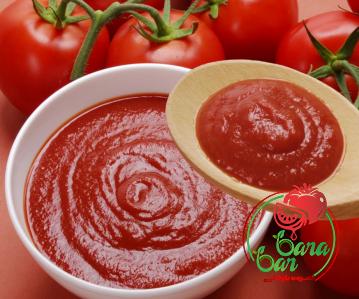
Your comment submitted.